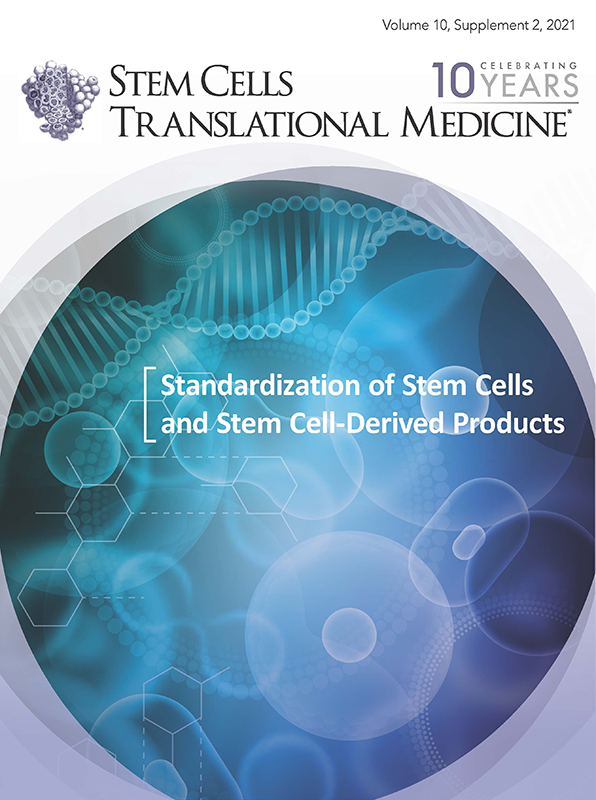
Double IA Injection of Umbilical-Cord Derived MSCs Improves Pain vs Hyaluronic Acid for Knee OA

Double IA Injection of Umbilical-Cord Derived MSCs Improves Pain vs Hyaluronic Acid for Knee OA
Umbilical Cord-Derived Mesenchymal Stromal Cells (MSCs) for Knee Osteoarthritis: Repeated MSC Dosing Is Superior to a Single MSC Dose and to Hyaluronic Acid in a Controlled Randomized Phase I/II Trial
Stem Cells Transl Med . 2019 Mar;8(3):215-224Did you know you're eligible to earn 0.5 CME credits for reading this report? Click Here
Synopsis
Twenty-nine patients with symptomatic knee osteoarthritis (OA) without meniscal rupture were randomized to receive to receive one of the three knee intra-articular injections: hyaluronic acid (HA) at baseline and 6 months follow-up; umbilical-cord (UC)-derived mesenchymal stromal cells (MSCs) at baseline and 6 months follow-up (MSC-1 group; n=10); UC-MSCs at baseline followed-up by placebo at 6 mo...
To view the full content, login to your account,
or start your 30-day FREE Trial today.
FREE TRIAL
LOGIN
Forgot Password?
Explore some of our unlocked ACE Reports below!

Learn about our AI Driven
High Impact Search Feature
Our AI driven High Impact metric calculates the impact an article will have by considering both the publishing journal and the content of the article itself. Built using the latest advances in natural language processing, OE High Impact predicts an article’s future number of citations better than impact factor alone.
Continue



 LOGIN
LOGIN

Join the Conversation
Please Login or Join to leave comments.